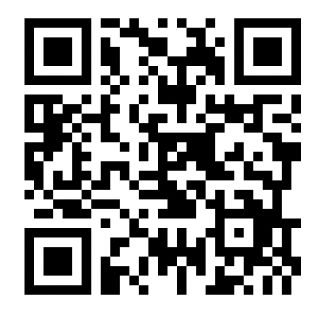Foam rollers—you’ve seen them at the gym, they are all the talk when it comes to recovery. They seem innocent enough, so why does everyone using them look like they’re in major pain and how can they help improve your running success?
Also known as a myofascial release, foam rollers loosen up tight muscles, relieve soreness and improve muscle recovery. Our bodies are covered in fascia— a thin band of connective tissue and collagen that holds all our muscles together. Located just under our skin, fascia keeps our muscles and internal organs where they’re supposed to be.
Like everything else in our bodies, fascia can be overtrained and tight, which leads to soreness and inflexibility. To keep muscles loose and blood flowing, it’s important to incorporate a myofascial release into your daily workout routine.
Create a myofascial release by dragging force across your soft tissues for a long period of time. Yes, it’s uncomfortable—especially when you dig into those areas that are constantly moving but rarely given time to recuperate.
Before you label foam rolling as a torture device, here’s a list of reasons why you should do it.
Helps remove lactic acid
After a hard workout, your joints and muscles might be sore due to a buildup of lactic acid. Foam rolling a tough workout will speed up recovery by moving blood and nutrients to your injured areas. With blood circulating and fresh nutrients attending to your depleted areas, you’ll notice far less soreness the next day.
Increases motion range
Self-massage will help improve your range of motion because it is stretching and elongating muscles to remove restriction and tightness. With a broader range of motion, workouts are more effective, require less effort, and will increase your stamina.
Reduces stress
High levels of stress release cortisol, a hormone that causes problems like disrupted sleep and weight gain. Even though stress tends to surface with a busy schedule, it can put an unnecessary strain on us. Recent studies have shown that myofascial release can help lower cortisol—by foam rolling daily, you might find yourself more relaxed.
Improves results
Without fatigue, lactic acid and soreness, it’s far easier to stay healthy, exercise more frequently and ultimately see faster results.
Foam rolling is to fitness as flossing is to dental health; while it can be tedious and painful, the benefits outweigh the negatives. Now that you know the importance of foam rolling for your body and mind, check out these tips for a better myofascial release on the mats.
Slow your roll
Even though it might be uncomfortable to target those achy muscles, rolling quickly won’t help break up the adhesions. Roll slowly, and consistently. Allow your fascia to loosen up and recover.
Share the love
Even if you have spots that are particularly sore, try not to focus too much time targeting them directly. Digging into achy spots alone might irritate your body or even damage tissue. Try to elongate your rolling to cover a larger region of the body to get the blood flowing.
Do be soft
The more firm the roller, the more painful the session. Your body will build a tolerance to harder foam rollers over time, but beginners should stick to softer ones. While the results won’t be as immediate, they also won’t cause as much pain or bruise your body.
Breathe it out
When foam rolling, make sure you keep your breathing even and your body relaxed. Muscles tense up with pain, so it’s important to keep our bodies loose and our breathing steady during the release. If your muscles are tense when foam rolling, it will be difficult to determine where the pain is coming from. This is because the whole muscle will feel tight and strained in the process.
Please note: This blog is intended for informational purposes only, and is not intended to be a substitute for professional medical advice, diagnosis, or treatment. Always seek the advice of your physician or other qualified health providers with any questions you may have regarding a medical condition.






